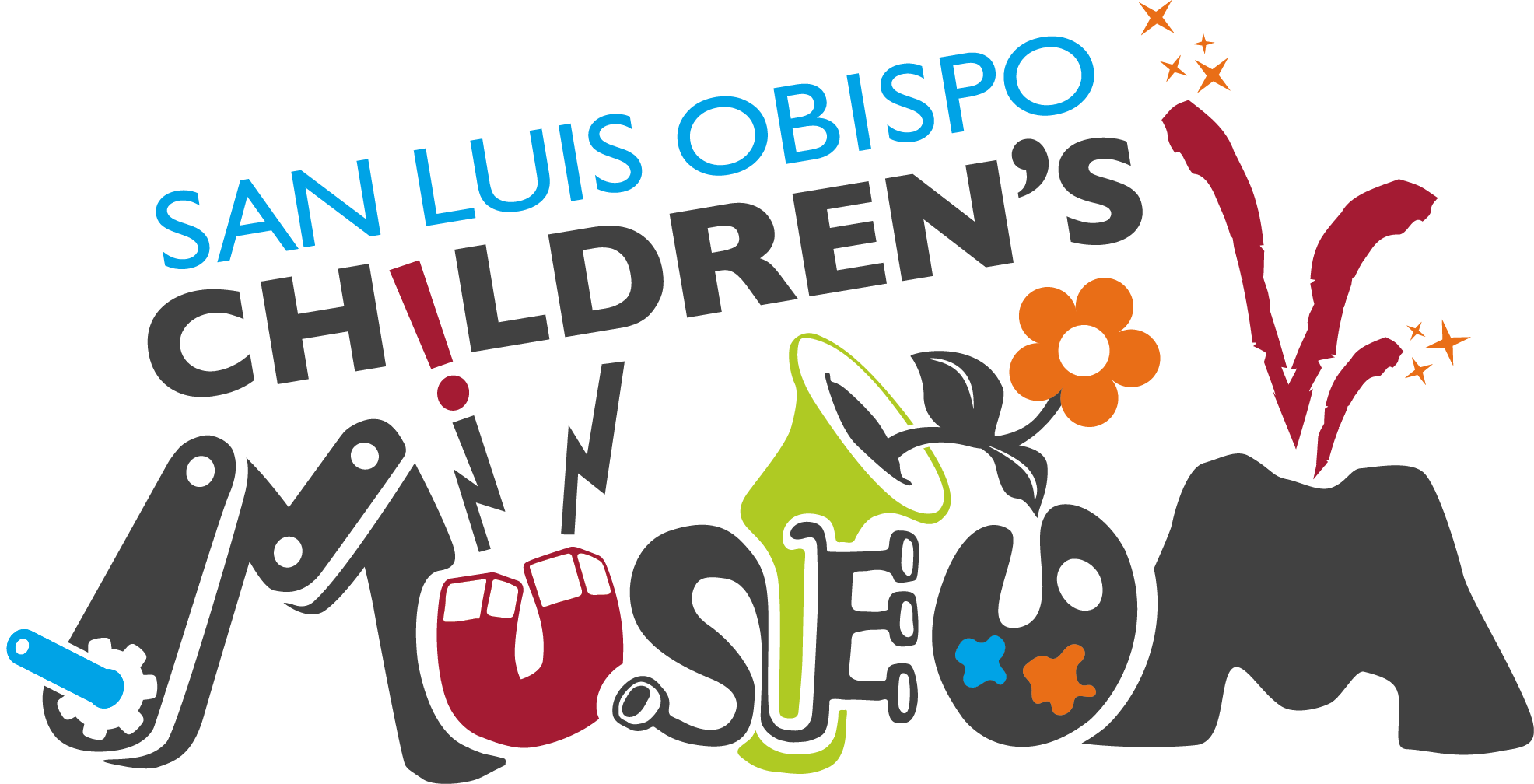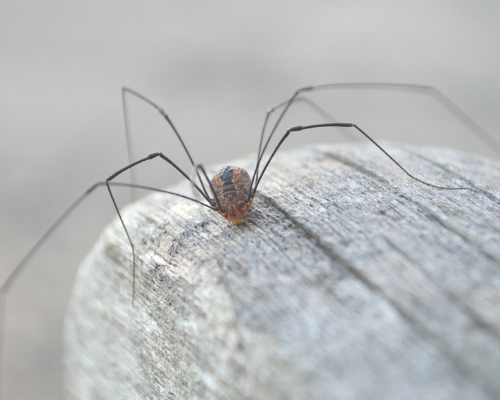SLOCM At-home Bingo Scavenger Hunt
Compete with friends and family in this fun bingo scavenger hunt!
Make your own Bug Hotel — Part 2
Check back in on your bug hotel and see what’s inside!
Ladybug
Not all ladybugs are black and red — they can be orange, yellow, and sometimes even all black! A ladybug can eat up to 5000 insects during its lifetime.
Daddy Long Legs
Did you know that daddy long legs can’t spin webs like other spiders? They are actually more closely related to scorpions!
Earwig
Earwigs are small insects that like to hide in dark spaces. They have pincers on the end of their abdomen, but don’t worry, they don’t bite!
Make your own Bug Hotel — Part 1
Take the first step toward building your very own bug hotel!
WHAT YOU’LL NEED:
clear container (plastic is best!)
dry plant materials
Did you know?
There are 590 species of insect in California alone, and more than 1 million species in the world!
Insects have a probiscus — an elongated feeding tube attached to its head. The most well known example of a proboscis in insects is the feeding tube used by adult butterflies and moths.
Many insects have jaws just like us, except they’re called “mandibles” and they move sideways when they chew.
Spiders are not insects! They are arachnids, because they have 8 legs. They are more closely related to the scorpion.
Chlorophyll Experiment
Learn about photosynthesis with Donna!
WHAT YOU’LL NEED:
1 sheet of white paper
folded paper towels
leaves
a hard rock
sturdy surface (outside concrete works best!)
What is photosynthesis? (via gardeningknowhow.com)
Plants, just like humans, require food in order to survive and grow. However, a plant’s food looks nothing like our food. Plants are the greatest consumer of solar energy, using power from the sun to mix up an energy rich meal. The process where plants make their own food is known as photosynthesis. Photosynthesis in plants is an extremely useful process whereby green plants take up carbon dioxide (a toxin) from the air and produce rich oxygen. Green plants are the only living thing on earth that are capable of converting the sun’s energy into food. Almost all living things are dependent upon the process of photosynthesis for life. Without plants, we would not have oxygen and the animals would have nothing to eat, and neither would we.
What is chlorophyll?
The role of chlorophyll in photosynthesis is vital. Chlorophyll, which resides in the chloroplasts of plants, is the green pigment that is necessary in order for plants to convert carbon dioxide and water, using sunlight, into oxygen and glucose. During photosynthesis, chlorophyll captures the sun’s rays and creates sugary carbohydrates or energy, which allows the plant to grow.
Magical Water Flowers Experiment
Learn about absorption with Donna!
WHAT YOU’LL NEED:
markers
6” square of copy paper
water
shallow pan or plate
Is it magic or is it science? (via babbledabbledo)
This is a simple experiment illustrating the properties of materials. Paper is essentially wood pulp ground up and dried. There are many materials whose basic properties change when they come into contact with water, think how your skin shrivels up in the bath, and wood is one of them. The fibers of the paper (wood) swell when the come into contact with water and the paper seems to magically open. What you are really watching is the material absorb water and expand.
This is what the edge of a piece of paper looks like under a microscope —see the fibers of wood?
Walking Water Science Experiment
Learn about "capillary" action with Donna.
WHAT YOU'LL NEED:
Seven cups (glass, plastic, or whatever you have!)
Water
Food coloring (optional or see here to make your own)
Paper towels
More about capillary action! (via study.com)
Capillary action happens when a liquid, like water, moves up through a hollow tube or into a spongy, solid material.
You've just come in from playing in the hot sun and you decide to pour yourself a cold glass of water. Before you can drink it all, you accidentally knock over the glass and spill some water. You grab a paper towel and put it over the puddle. The water immediately soaks into the paper towel and the counter is dry. You've just used capillary action to clean up your mess! This happens when three forces called cohesion, adhesion, and surface tension work together, so let's look at these forces and how they cooperate to cause capillary action.
What is Cohesion?
When you think of something sticky, you might think of a wad of gum stuck to the bottom of your shoe. But in science, water is considered sticky, too, even though it doesn't feel like gum!
Just like you hang out with your friends, water molecules, or small particles of water, stick to other water molecules. This is called cohesion. But water molecules don't just stick to each other.
What is Adhesion?
Adhesion happens when water molecules stick to a solid substance, like a paper towel or the sides of a hollow tube, and the water is pushed up.
Because water molecules stick together, when the first water molecule sticks to the side of the tube and moves upward, it pulls the next water molecule up with it and so on, like a chain.
What is Surface Tension?
Surface tension refers to water molecules that are more closely bound together at the surface, making the top of the water more tight and dense than the rest of the water. Surface tension holds the water together at the top as it moves up during capillary action, holding the water molecules together like a drawstring.
If you've ever seen an insect that was standing on top of the water in a pond instead of floating in it, you've seen surface tension in action!







